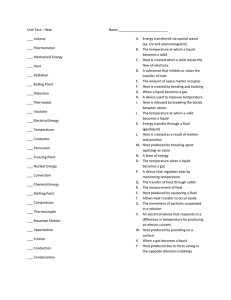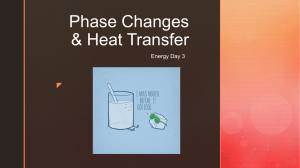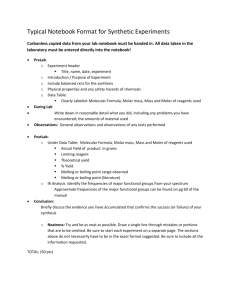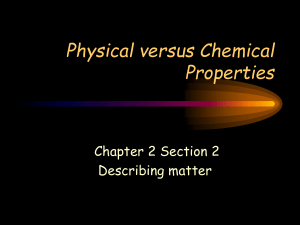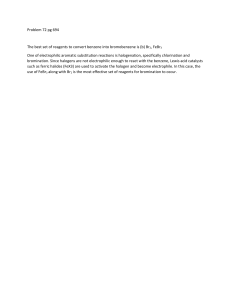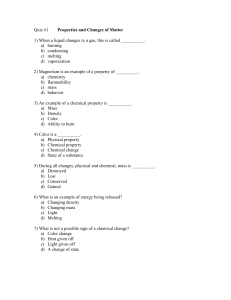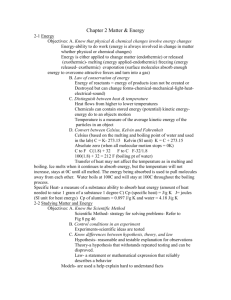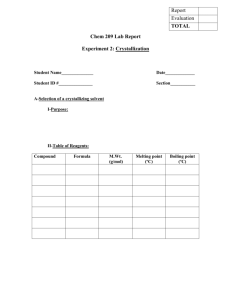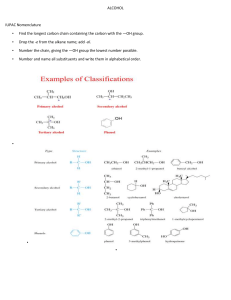Preparation of Triphenylmethanol Worksheet
advertisement
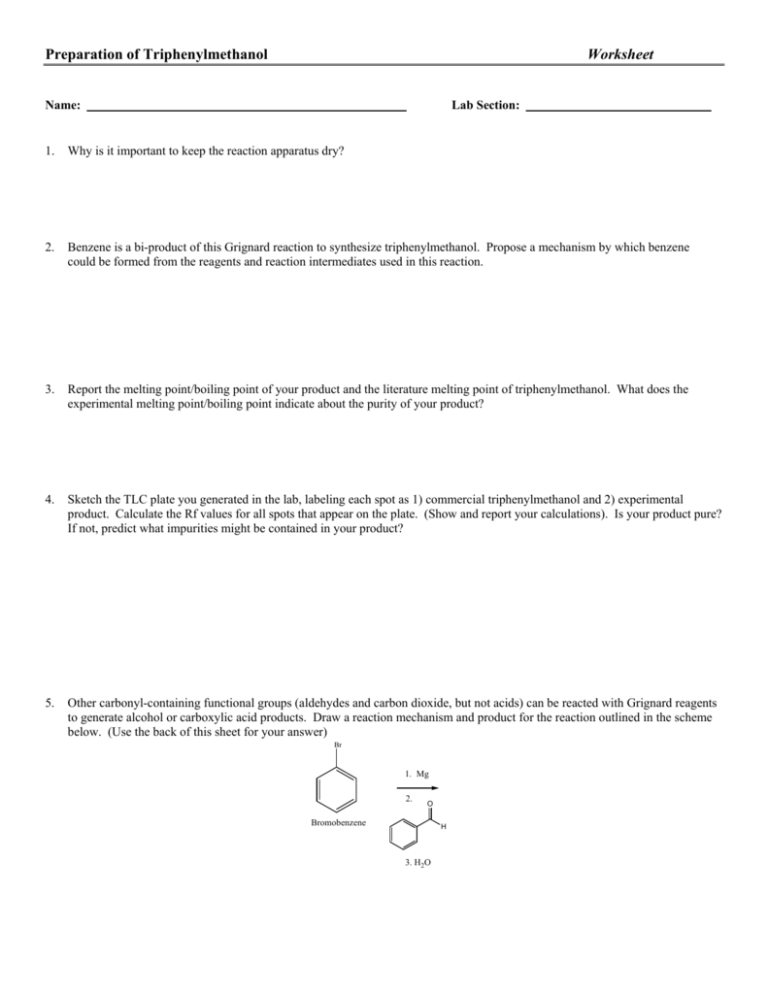
Preparation of Triphenylmethanol Worksheet Name: Lab Section: 1. Why is it important to keep the reaction apparatus dry? 2. Benzene is a bi-product of this Grignard reaction to synthesize triphenylmethanol. Propose a mechanism by which benzene could be formed from the reagents and reaction intermediates used in this reaction. 3. Report the melting point/boiling point of your product and the literature melting point of triphenylmethanol. What does the experimental melting point/boiling point indicate about the purity of your product? 4. Sketch the TLC plate you generated in the lab, labeling each spot as 1) commercial triphenylmethanol and 2) experimental product. Calculate the Rf values for all spots that appear on the plate. (Show and report your calculations). Is your product pure? If not, predict what impurities might be contained in your product? 5. Other carbonyl-containing functional groups (aldehydes and carbon dioxide, but not acids) can be reacted with Grignard reagents to generate alcohol or carboxylic acid products. Draw a reaction mechanism and product for the reaction outlined in the scheme below. (Use the back of this sheet for your answer) Br 1. Mg 2. O Bromobenzene H 3. H2O

